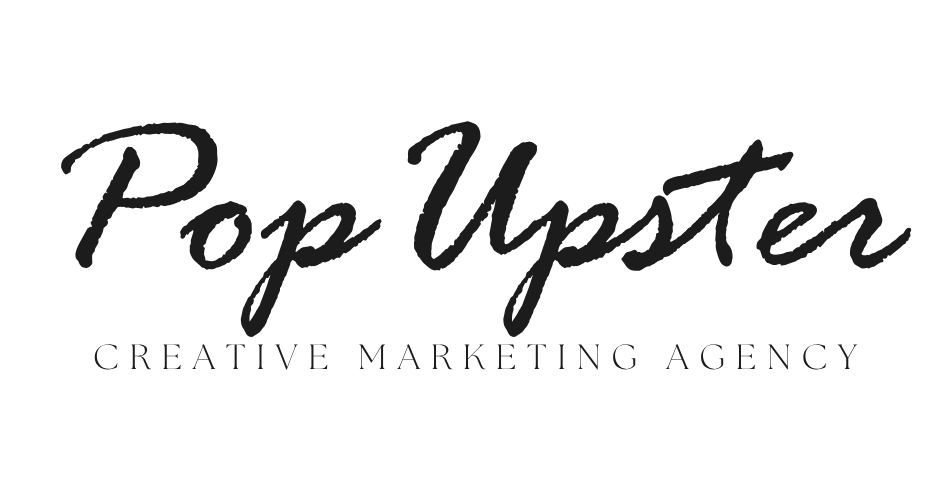In today’s hyper-competitive digital landscape, paid advertising has become an essential strategy for businesses seeking to cut through the noise and connect with their target audience. Whether you’re a startup looking to gain initial market traction or an established brand aiming to expand your reach, understanding the intricacies of pay-per-click (PPC) and media buying can transform your marketing efforts from hit-or-miss to precision-targeted campaigns. Paid advertising offers unprecedented opportunities to reach potential customers with laser-focused precision, delivering measurable results and immediate visibility in an increasingly crowded online marketplace.
Understanding the Fundamentals of Paid Advertising
Paid advertising represents a dynamic and sophisticated approach to digital marketing that allows businesses to purchase targeted visibility across multiple platforms. At its core, this strategy involves paying to display advertisements in strategic digital spaces, with costs typically calculated through models like cost-per-click (CPC), cost-per-thousand impressions (CPM), or cost-per-action (CPA). The most prominent platforms for paid advertising include Google Ads, Facebook Ads, LinkedIn Advertising, and programmatic advertising networks that offer extensive targeting capabilities.
Successful paid advertising requires a deep understanding of audience segmentation, keyword research, and compelling ad creative. Marketers must develop a nuanced approach that balances technical precision with creative storytelling, ensuring that each advertisement speaks directly to the intended audience’s needs, desires, and pain points. This requires continuous testing, optimization, and a willingness to adapt strategies based on real-time performance data.
Developing a Strategic Paid Advertising Framework
Creating an effective paid advertising strategy demands a comprehensive and methodical approach. Begin by clearly defining your campaign objectives, whether they involve brand awareness, lead generation, direct sales, or customer engagement. Conduct extensive market research to identify your ideal customer personas, understanding their online behaviors, demographic characteristics, and potential touchpoints. This foundational work will inform every subsequent decision in your advertising strategy, from platform selection to ad creative development.
Keyword research becomes crucial in this phase, requiring marketers to identify high-intent search terms and phrases that align with their target audience’s search behaviors. Utilize advanced keyword research tools like SEMrush, Google Keyword Planner, and Ahrefs to uncover valuable insights about search volume, competition levels, and potential cost-per-click for different terms. By developing a comprehensive keyword strategy, you can ensure your advertisements appear in front of the most relevant potential customers.
Platform-Specific Advertising Strategies
Each digital advertising platform offers unique strengths and targeting capabilities that require specialized approaches. Google Ads remains the most versatile platform, allowing advertisers to display search, display, and video advertisements across an extensive network. Facebook and Instagram Ads provide unparalleled demographic and interest-based targeting, enabling highly precise audience segmentation. LinkedIn Ads offer exceptional B2B targeting capabilities, allowing marketers to reach professionals based on job titles, industries, and company sizes.
Programmatic advertising represents the cutting edge of digital marketing, utilizing artificial intelligence and real-time bidding to purchase advertising space across multiple platforms automatically. This approach allows for unprecedented targeting precision, enabling marketers to reach specific audience segments across numerous websites and applications with remarkable efficiency. By leveraging machine learning algorithms, programmatic advertising can continuously optimize campaign performance in real-time.
Advanced Targeting and Audience Segmentation
Modern paid advertising transcends basic demographic targeting, embracing sophisticated audience segmentation techniques that consider behavioral patterns, previous interactions, and predictive modeling. Retargeting strategies allow marketers to re-engage users who have previously interacted with their brand, creating multiple touchpoints that increase conversion probability. Custom audience creation enables the development of highly specific audience groups based on email lists, website visitors, and existing customer databases.
Machine learning and artificial intelligence have revolutionized audience targeting, providing unprecedented insights into consumer behavior. Advanced platforms now offer predictive modeling capabilities that can anticipate user intent, allowing marketers to serve advertisements to individuals most likely to convert. By combining demographic data, browsing history, and behavioral signals, these technologies enable hyper-personalized advertising experiences.
Measuring and Optimizing Campaign Performance
Comprehensive performance tracking represents the backbone of successful paid advertising strategies. Implement robust analytics frameworks that go beyond surface-level metrics, diving deep into conversion rates, customer acquisition costs, and lifetime value calculations. Utilize tools like Google Analytics, Facebook Pixel, and platform-specific tracking mechanisms to gather granular performance data.
Continuous optimization requires a data-driven approach, with regular performance reviews and strategic adjustments. Develop a systematic testing methodology that allows for controlled experiments, comparing different ad creatives, targeting parameters, and bidding strategies. A/B testing becomes crucial in refining campaign performance, enabling marketers to incrementally improve their advertising effectiveness.
Future of Paid Advertising
The paid advertising landscape continues to evolve rapidly, driven by technological advancements and changing consumer behaviors. Emerging technologies like augmented reality advertising, voice search optimization, and AI-driven personalization are reshaping traditional marketing paradigms. Successful marketers will need to remain agile, continuously learning and adapting to new platforms, technologies, and consumer engagement strategies.
As privacy regulations and consumer data protection become increasingly important, paid advertising strategies must balance sophisticated targeting with ethical data usage. Transparency, consent, and responsible data management will become critical considerations for marketers seeking to build trust and deliver value to their audiences.
Mastering paid advertising requires a holistic approach that combines technical expertise, creative thinking, and strategic planning. By developing a comprehensive understanding of platform capabilities, audience targeting techniques, and performance optimization strategies, marketers can unlock unprecedented opportunities for growth and customer engagement. The most successful advertising campaigns will be those that seamlessly blend data-driven insights with compelling, human-centered storytelling.




 by
by